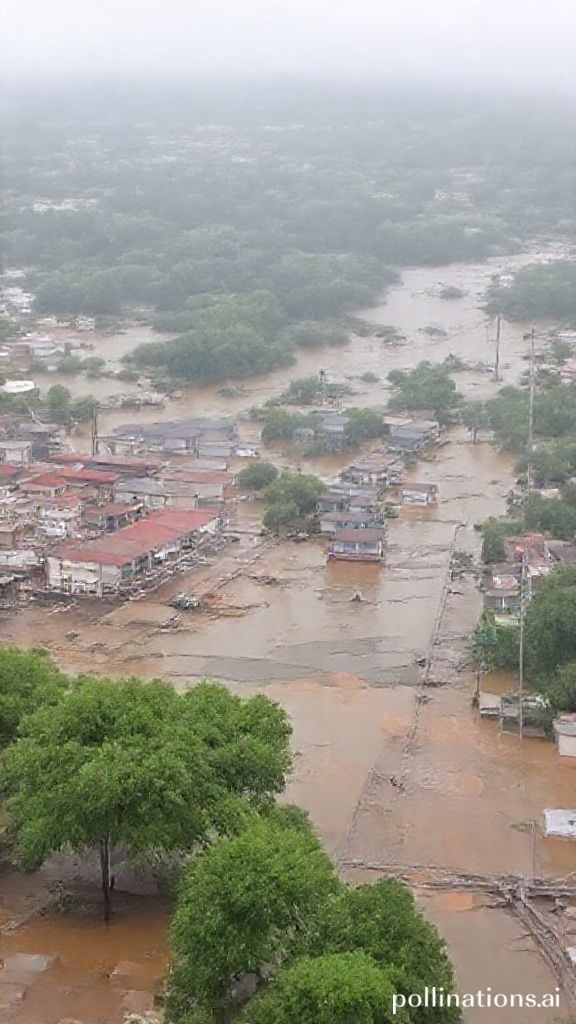
The Philippine Economy in 2025 A Stormy Outlook Ahead
The Philippine Economy in 2025 A Stormy Outlook Ahead
The Philippine Economy in 2025 A Stormy Outlook Ahead
As experts in storm chasing, we are well-versed in navigating unpredictable weather patterns. However, when it comes to the Philippine economy, a different kind of tempest is brewing – one that requires careful analysis and decisive action.
In this blog post, I will delve into the state of the Philippine economy in 2025, using data from 2024 as our guide. With the country's GDP growth rate hovering at 5.6%, it's clear that there are both positives and negatives to consider. Before we dive into the numbers, let's first examine the broader context.
The Achilles Heel Agriculture, Forestry, and Fishing (AFF) Sector
In 2024, the AFF sector contracted by a significant 1.6% – a trend that has persisted for years. This decline has far-reaching implications for rural communities and small-scale farmers who rely heavily on agricultural income. The ripple effect is clear when the AFF sector underperforms, it impacts employment opportunities, food security, and overall economic growth.
Services Sector A Beacon of Hope
On a more positive note, the services sector – which grew by an impressive 6.7% in 2024 – has emerged as a key driver of economic growth. With its contribution to GDP now exceeding 50%, this sector has become the backbone of the Philippine economy. From tourism to healthcare and finance, services have proven themselves to be resilient and adaptable.
Industry A Mixed Bag
While the industrial sector expanded by a healthy 5.6% in 2024, its growth was largely driven by increased manufacturing output linked to exports. This raises questions about domestic consumption and job creation.
Conclusion A Stormy Outlook Ahead
As we gaze into the crystal ball of 2025, what do we see?
In my opinion, the Philippine economy faces a perfect storm of challenges
1. Agricultural woes Until the AFF sector can find its footing and contribute meaningfully to GDP growth, rural communities will continue to struggle.
2. Dependence on services While services have been a bright spot, the Philippines cannot rely solely on this sector for long-term economic sustainability.
3. Industry uncertainty The industrial sector's reliance on exports creates an inherent risk factor, making it vulnerable to external shocks.
To navigate these challenges and avoid getting caught in the perfect storm, I propose the following
1. Invest in AFF sector modernization Provide support and resources to help small-scale farmers adapt to changing weather patterns and market trends.
2. Diversify services sector Encourage innovation and entrepreneurship in services, focusing on domestic demand rather than just exports.
3. Industry diversification Foster a more diversified industrial sector, reducing reliance on exports and promoting domestic consumption.
Final Thoughts A Call to Action
As storm chasers, we are accustomed to navigating unpredictable weather patterns. Similarly, the Philippine economy must adapt to an ever-changing global landscape. By acknowledging its strengths and weaknesses, the country can position itself for a brighter future.
I urge my fellow professionals in the field of storm chasing to reflect on this topic What role can we play in shaping the Philippines' economic trajectory? Let us harness our expertise to create a more resilient economy – one that is better equipped to weather any storm.
Keywords Philippine economy, GDP growth, Agriculture, Forestry, and Fishing (AFF) sector, Services sector, Industry, Economic development






